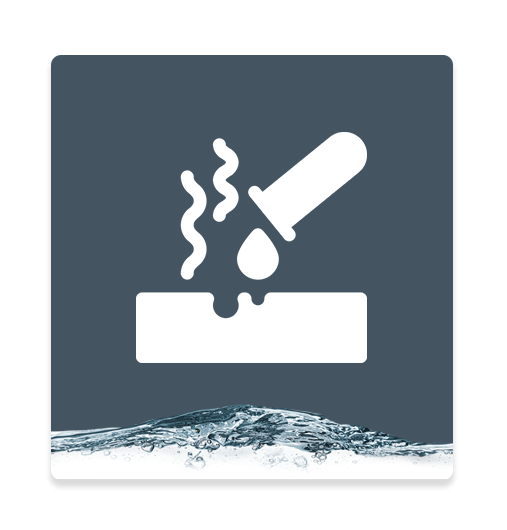
Acid Water (Low PH)
Acidic water, also known as water with a low pH, can cause many problems for homeowners. It can corrode pipes and appliances, cause staining on clothes, dishes, and plumbing fixtures, and give the water a sour taste. It can also cause health problems if consumed at high levels.
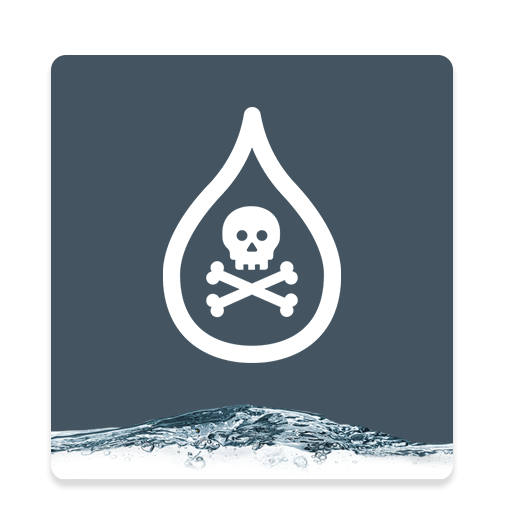
Arsenic
Arsenic is a toxic chemical found in water and can cause various health problems, including cancer and skin irritation. It can also give the water a metallic taste and cause staining on clothes, dishes, and plumbing fixtures.
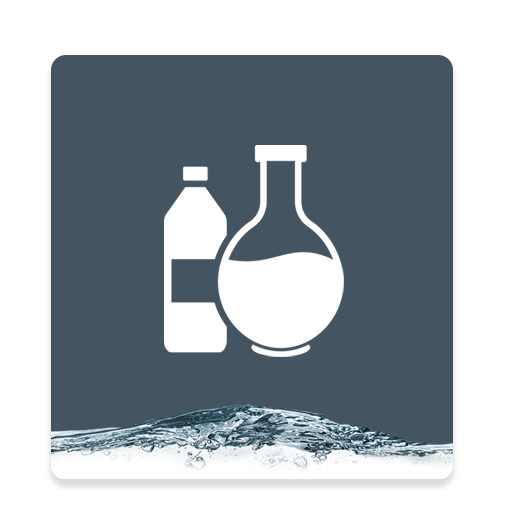
Chemicals (Toxins, PCB, MTBE, TCE, and THM)
Water chemicals can cause various health problems, including cancer and other serious illnesses. These chemicals can come from multiple sources, including industrial waste and agricultural runoff.
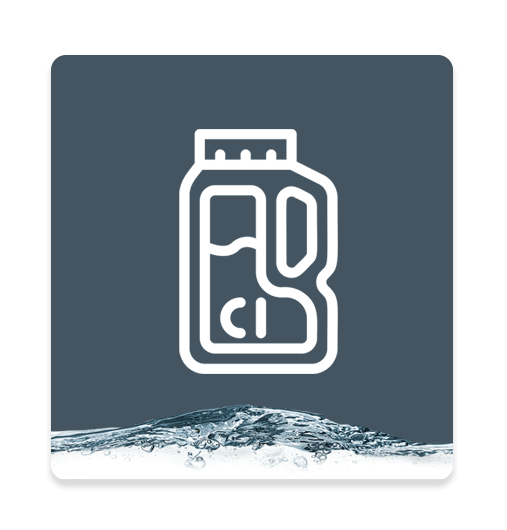
Chlorine
Disinfection compounds, such as chlorine and chloramine, kill bacteria and other contaminants in water. While these chemicals effectively disinfect water, they can also cause health problems if consumed at high levels. They can also give water a chlorine taste and smell.

Chloramine
Disinfection compounds, such as chlorine and chloramine, kill bacteria and other contaminants in water. While these chemicals effectively disinfect water, they can also cause health problems if consumed at high levels. They can also give water a chlorine taste and smell.
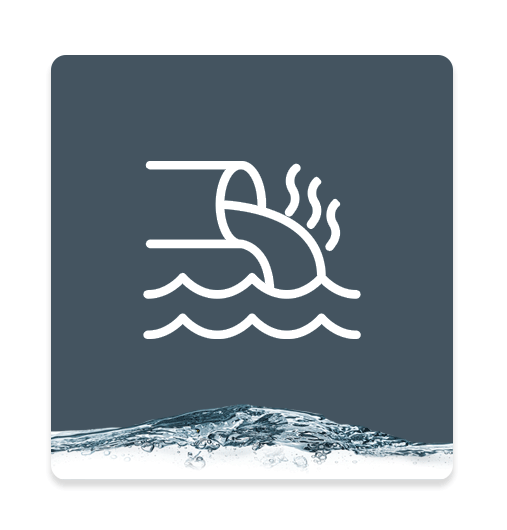
Chromiun-6
Chromium 6 is a chemical found naturally in the environment, but it can also be released into the water because of industrial activities. It is a highly toxic chemical known to cause cancer and other serious health effects. Chromium 6 is commonly referred to as the "Erin Brockovich chemical," as it was the subject of the 2000 film Erin Brockovich, which told the true story of a legal secretary who helped to expose the presence of chromium 6 in the water supply of a small California town.
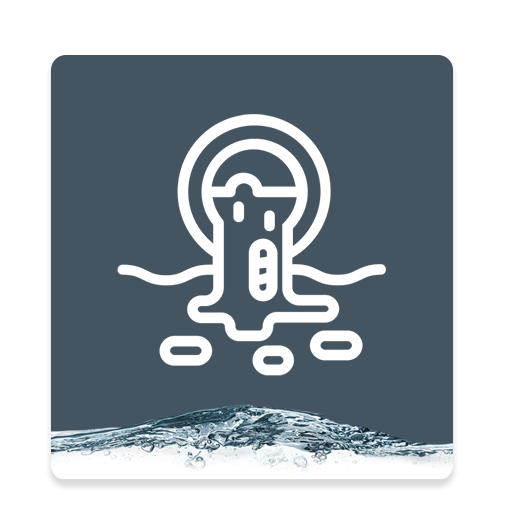
Fluoride
Fluoride is a chemical added to some public water supplies to help prevent tooth decay. However, high fluoride levels in water can cause health problems, including dental and skeletal fluorosis.

Limescale (Hardness)
Limescale, also known as hard water, contains high levels of minerals, specifically calcium and magnesium. These minerals can build up on pipes, appliances, and other surfaces, causing them to become clogged and less efficient. Limescale can also cause soap and detergent to become less effective, leaving clothes and dishes rough and dirty.

Iron (Rust)
Iron in water can cause staining on clothes, dishes, and plumbing fixtures. It can also cause a metallic taste in the water and give it a reddish or brownish color. If the iron in your water is high enough, it can clog pipes and cause appliances to malfunction.

Lead
Lead in water can cause a range of health problems, including developmental issues in children and high blood pressure in adults. It can also cause staining on clothes, dishes, and plumbing fixtures.
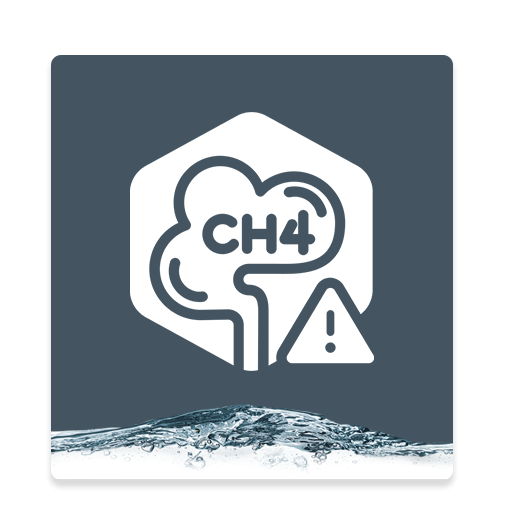
Methane
Methane in water can cause it to have a strong, unpleasant smell and can also cause health problems if consumed at high levels. Methane can come from various sources, including natural gas deposits and landfills.

Manganese
Manganese in water can cause black or brown staining on clothes, dishes, and plumbing fixtures. It can also give the water a metallic taste and cause it to have a black or brown color. High levels of manganese can cause health issues, including neurological problems.
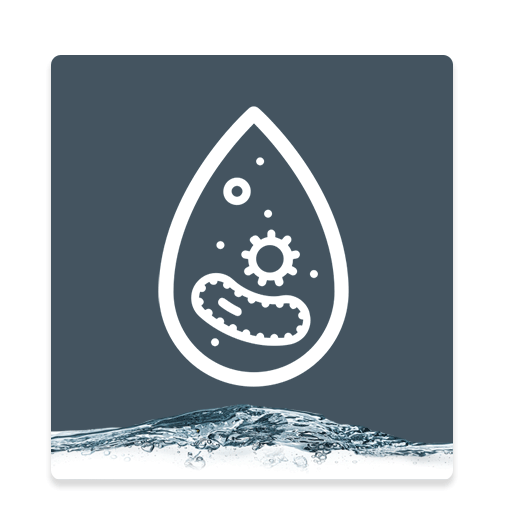
Bacteria (Including Cyst and Viruses)
Bacteria and other microorganisms in water can cause various health problems, including gastrointestinal illness. Some bacteria, such as E. coli and giardia, can also cause serious illness.
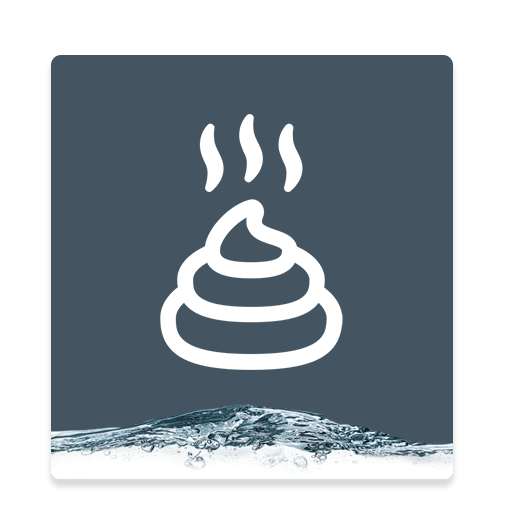
Nitrogen (Nitrate and Nitrite)
Nitrogen in water, specifically nitrate and nitrite, can cause various health problems, including gastrointestinal illness. High nitrogen levels in water can also cause problems for infants and pregnant women.

PFAS and PFOS
PFAS (per- and polyfluoroalkyl substances) are a group of artificial chemicals used in many products, including nonstick cookware, water-resistant clothing, and firefighting foam. PFAS can cause various health problems, including cancer, and can be difficult to remove from water.

Pond Water
Pond water treatment is the process of removing contaminants from water in a pond, lake, or other natural water body. Ponds and lakes can be affected by a variety of contaminants, including algae, bacteria, viruses, nutrients, metals, and other chemical compounds. Contaminants in pond water can come from a variety of sources, including agricultural runoff, industrial discharge, sewage treatment plants, and stormwater runoff.
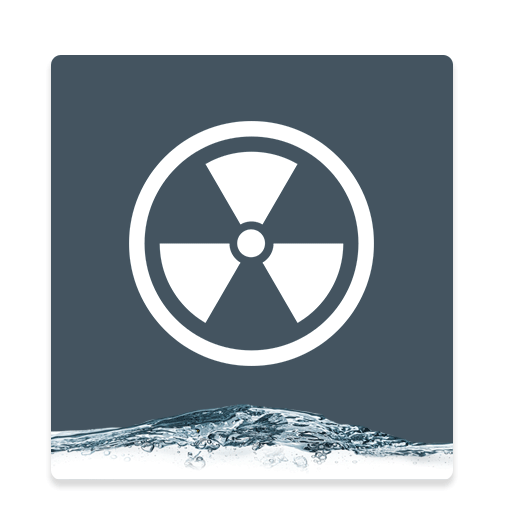
Radioactivity
Radioactive particles in water can come from various sources, including naturally occurring minerals and man-made sources such as nuclear power plants. Radioactive particles in water can cause a range of health problems, including cancer and other serious illnesses.
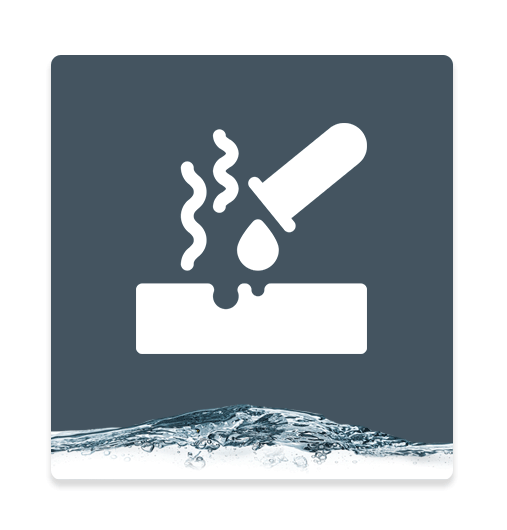
Radon
Radon is a radioactive gas found in water and can cause various health problems, including cancer. It can also give the water a metallic taste and cause staining on clothes, dishes, and plumbing fixtures.

Rainwater
Water scarcity is an increasingly pressing issue as the global population continues to grow and climate change exacerbates drought conditions in certain regions. One solution to this problem is to catch and store rainwater, which can then be treated and used for irrigation, watering plants, flushing toilets, and even for drinking in some cases.
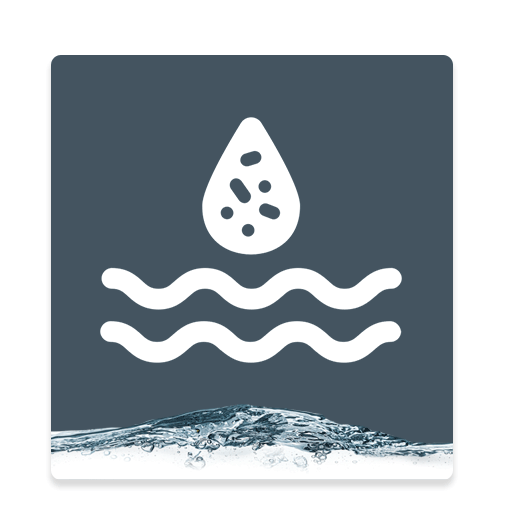
Sediment
Sediment in water can cause a range of issues for homeowners. It can clog pipes, cause appliances to malfunction, and give the water a cloudy or muddy appearance. It can also cause staining on clothes, dishes, and plumbing fixtures.

Sulfur- Hydrogen Sulfide
Sulfur in water, also known as hydrogen sulfide, can give the water a rotten egg smell and taste. It can also cause staining on clothes, dishes, and plumbing fixtures. High levels of sulfur in water can cause health issues, including stomach problems.
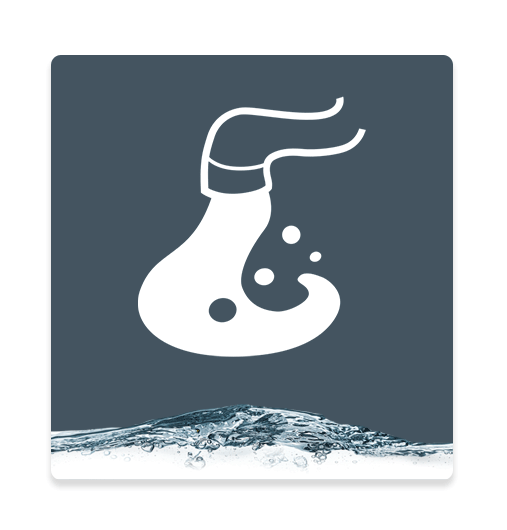
Tannins
Tannins are organic compounds found in water and can give them a yellow, brown, or red color. Tannins can also cause staining on clothes, dishes, and plumbing fixtures.

Need Something
Get a Quote


